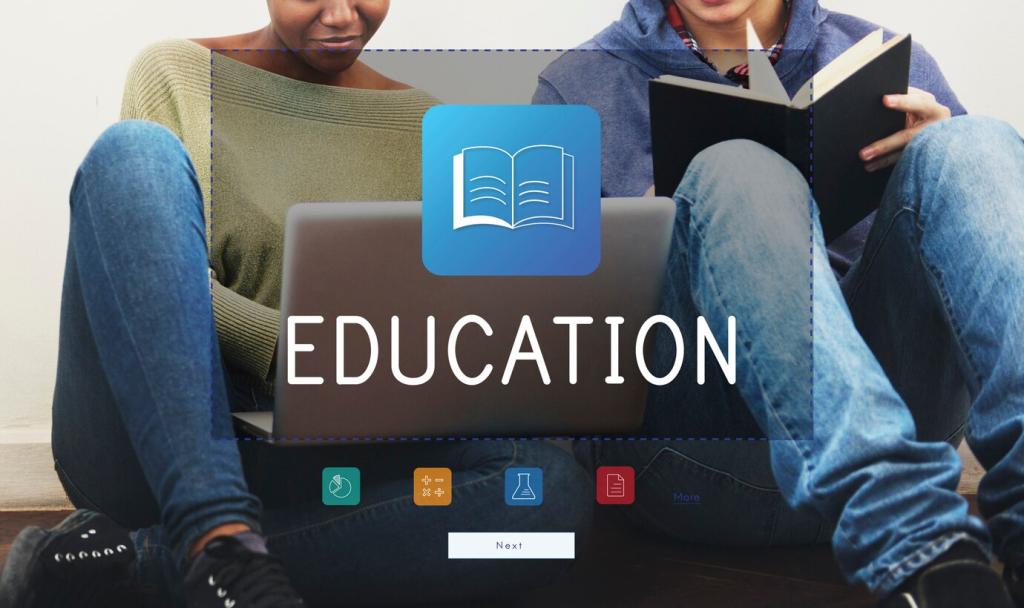Innovative Teaching Techniques for Professional Development
Chosen theme: Innovative Teaching Techniques for Professional Development. Step into a practical, story-rich guide where modern pedagogy meets real workplace needs, helping you design training that sparks curiosity, builds confidence, and sustains measurable, career-advancing change.
Why Innovation in Teaching Transforms Professional Growth
From Information Delivery to Transformation
Traditional slide decks inform, but innovative teaching transforms behavior. By aligning goals, tasks, and reflection, learners connect new ideas to daily challenges, turning knowledge into action that sticks beyond workshops and immediately supports on-the-job performance.
Anecdote: The Meeting That Changed a Team
When Priya replaced a lecture with a role-play crisis simulation, her compliance team identified real bottlenecks. Weeks later, their new checklist reduced incidents by half, proving experiential learning delivers measurable, real-world impact professionals can feel and trust.
Engagement as a Predictor of Results
High engagement is not entertainment; it is purposeful activation. Techniques like challenge-based tasks and reflective debriefs deepen focus, yielding stronger retention, faster skill transfer, and quantifiable outcomes your stakeholders will recognize and support with genuine enthusiasm.



Microlearning and Just-in-Time Training
Designing Snackable Content
Create focused modules under five minutes, one objective each, with a single action to apply within twenty-four hours. Layer optional deep dives so busy learners get value quickly without feeling overwhelmed or drifting away from relevant priorities.
Workflow-Triggered Nudges
Integrate micro-tips into the tools people already use. A CRM prompt before sales calls, or a code-review checklist in the repository, turns learning into a timely companion rather than a separate, easily postponed task competing for attention.
Measuring Micro-Wins
Track immediate signals: reduced handling time, fewer errors, quicker approvals. Share your favorite micro-metric in the comments, subscribe for templates, and tell us which micro-skill your team needs next so we can prioritize relevant resources.

Blended and Flipped Learning for Workplace Skills
Pre-Work That Actually Gets Done
Keep pre-work purposeful: three concise videos, one worksheet, one scenario. Signal the payoff—live time will be all practice, feedback, and problem-solving. Busy professionals respect preparation when it undeniably improves session value and real-world performance outcomes.
Live Sessions as Performance Labs
Replace lectures with practice rounds, breakout coaching, and rapid feedback cycles. Treat the session like a rehearsal studio where learners safely test new techniques, iterate fast, and leave with confident muscle memory ready for immediate application.
Post-Session Momentum
Schedule a two-week challenge with peer accountability and visible milestones. Encourage participants to post updates, blockers, and artifacts. Comment with your challenge idea below, and subscribe to receive our blended learning challenge board template today.


Assessment and Feedback Innovations
Assess through artifacts professionals already produce: briefs, dashboards, code snippets, customer emails. This bridges training and work, making evaluation feel relevant, fair, and intrinsically motivating rather than abstract or detached from daily responsibilities and outcomes.
Assessment and Feedback Innovations
Adopt the two-by-two: one strength, one risk, one next step, one deadline. Deliver within forty-eight hours to maintain momentum. Ask learners to reply with a commitment, turning feedback into a trackable, accountable agreement with clear progress.
Technology That Amplifies Innovative Teaching
Deploy AI to generate scenarios, offer tailored prompts, and simulate stakeholder responses. Learners rehearse conversations safely and repeatedly, building fluency before real stakes appear, while facilitators focus on nuance, ethics, and advanced strategic decision-making.
Technology That Amplifies Innovative Teaching
AR overlays step-by-step guidance on physical tasks, reducing novice errors and speeding ramp-up. Technicians, clinicians, and operators learn by doing—guided in the moment—while supervisors track progress and intervene only when patterns suggest deeper conceptual gaps.
Building a Culture of Continuous Learning

Leaders as Learning Models
When leaders share mistakes and learning plans, resistance softens. Invite executives to participate in simulations, ask questions publicly, and celebrate iterative improvement. This signals that growth is expected, supported, and meaningfully recognized across the organization.

Rituals That Sustain Momentum
Adopt weekly retros, learning lunches, and demo days. Keep them lightweight, predictable, and focused on outcomes. Encourage teams to submit short wins below; we will spotlight stories that inspire others to keep experimenting and sharing progress openly.

Make Learning Visible
Publish skill maps, badges, and progress dashboards. Visibility drives accountability and pride. Invite readers to subscribe for a badge framework template, and tell us which capabilities your organization wants to highlight next for strategic business impact.
